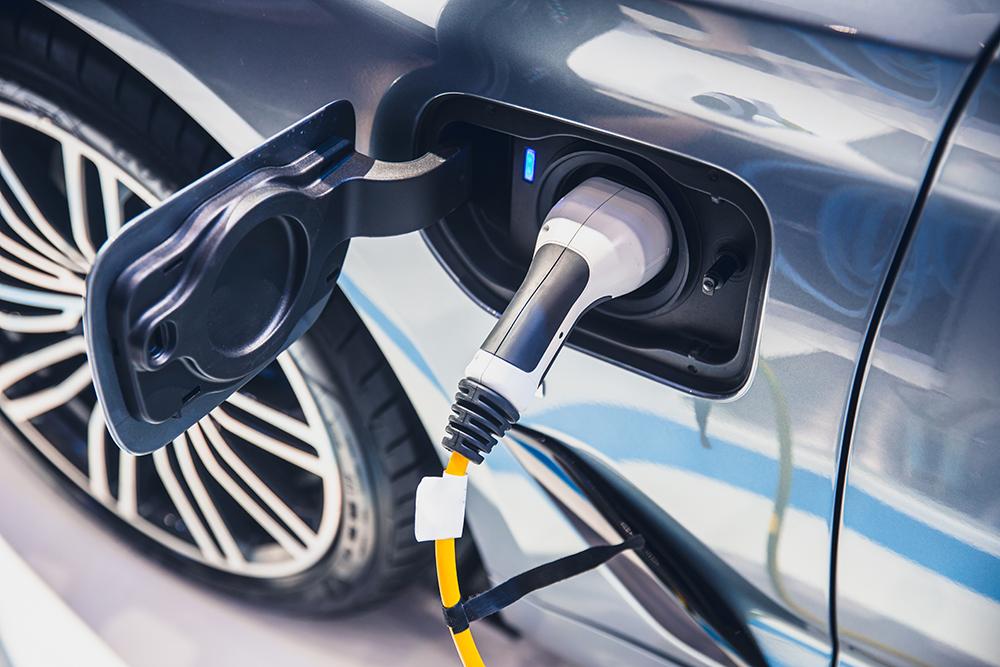Invention Reference Number
Licensing Contact

As electric vehicles take to the roads in greater numbers every year, the demand for faster charging, longer battery life and the extended vehicle range that can come with it also increase. Many challenges confront developers of new battery technology – from access to the rare earth metals required for manufacture, the engineering of optimal battery performance amid a huge variety of variables like weather, driving habits, vehicle weight, and more – to the need for new software for improved user experience. The Unipolar Polyphase Wireless Charging System, developed at ORNL, offers an innovative approach to wireless battery charging and vehicle emissions reduction by improving wire routing and interoperability.
Description
To improve on some of these omnipresent challenges to vehicle battery production, researchers funded by the U.S. Department of Energy at ORNL have made breakthrough improvements in wireless charging systems sure to impact emerging electric vehicle battery manufacturing. This polyphase (n-phase) wireless charging system consists of unipolar-wound phase coils, rotated 360 degrees/n from each other and placed on a common ferrite, which has been optimized to achieve minimal electromagnetic field emissions and core loss, and to avoid thermal hot-spots. Depending on the need and according to specific applications, coils can be wound in single, double, or triple layers, with overlapping or non-overlapping windings.
This versatile approach to a mismatched, unipolar, polyphase wireless charging system has the potential to create more efficient batteries that charge faster, last longer, don’t overheat, and are less susceptible to electromagnetic field emissions. All are contributing factors to the overarching goal of lowering emissions through the more widespread use of electric vehicles, which require constantly improving wireless charging capabilities to attract a larger portion of the public to purchase them. More versatile, effective wireless charging options offer a convenience factor that should significantly improve the attractiveness of electric vehicles, for personal and commercial vehicle applications, as well as for wireless charging system vendors and licensees.
Applications and Industries
- Charging for electric vehicles
- Commercial vehicle manufacturers
- Wireless charging system vendors, licensees
Benefits
- Reduced emissions
- Optimized wire routing
- Improved interoperability


